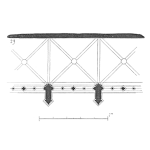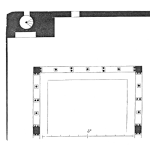
When To Use Stainless And Alloy Steel In Place Of Plastic Or Carbon Steel. There are many times when it is false economy to use carbon steel and plastic items. It is often better to use stainless and alloy steels instead. They last longer and deliver a lower life cycle cost.
[Read more…]










 Ask a question or send along a comment.
Please login to view and use the contact form.
Ask a question or send along a comment.
Please login to view and use the contact form.